Market Analysis
In-depth Analysis of Luxury Apparel Market Industry Landscape
The luxury apparel market is influenced by a myriad of factors that collectively shape its trends, demand, and growth patterns. One of the primary drivers of this market is the aspirational nature of luxury fashion. Luxury apparel represents more than just clothing; it embodies status, exclusivity, and prestige. Aspiring consumers seek to align themselves with luxury brands as a means of signaling their social status and discerning taste. The allure of luxury fashion extends beyond mere functionality, making it a symbol of sophistication and affluence in the eyes of consumers.
Brand reputation and heritage play a crucial role in shaping the luxury apparel market. Established luxury brands with a rich history and heritage hold a significant advantage over newer entrants. Consumers are drawn to these brands not only for their superior craftsmanship and quality but also for the prestige associated with their legacy. Brand loyalty and recognition are powerful drivers of consumer behavior in the luxury market, influencing purchasing decisions and brand perception.
Fashion trends and cultural influences also exert a profound impact on the luxury apparel market. The ever-changing landscape of fashion, fueled by designers, celebrities, influencers, and media, drives consumer preferences and shapes the demand for luxury fashion. High-profile events such as fashion weeks, red carpet appearances, and celebrity endorsements often serve as catalysts for trends in luxury apparel, influencing consumers' perceptions of what is fashionable and desirable.
Consumer demographics and psychographics play a significant role in driving demand within the luxury apparel market. Affluent consumers with disposable income and a penchant for luxury goods are the primary target demographic for luxury fashion brands. These consumers value exclusivity, craftsmanship, and impeccable design, and are willing to pay a premium for products that embody these qualities. Additionally, the rise of millennials and Gen Z consumers as key market segments has prompted luxury brands to adapt their marketing strategies and product offerings to cater to the preferences and values of these younger demographics, including sustainability, authenticity, and digital engagement.
Economic factors, such as income levels, wealth distribution, and consumer confidence, also influence the luxury apparel market. Economic prosperity and stability generally translate to increased spending on luxury goods, as consumers feel more confident in their financial situation and are willing to splurge on discretionary purchases. Conversely, economic downturns and recessions can dampen consumer sentiment and lead to reduced spending on luxury items as consumers prioritize essential expenses and savings. Luxury brands must navigate these economic fluctuations by adjusting their pricing strategies, product offerings, and marketing tactics to remain competitive and appeal to consumers across different economic conditions.
Globalization and digitalization have transformed the landscape of the luxury apparel market, opening up new opportunities and challenges for brands. The rise of emerging markets, particularly in Asia-Pacific, has fueled demand for luxury goods among a growing base of affluent consumers. Luxury brands are increasingly focusing on expanding their presence in these markets through strategic partnerships, localized marketing campaigns, and omnichannel retail experiences. Furthermore, the digitalization of retail has reshaped how consumers discover, shop, and engage with luxury brands. E-commerce platforms, social media, and influencer marketing have become integral components of luxury brand strategies, enabling brands to reach and connect with consumers on a global scale.

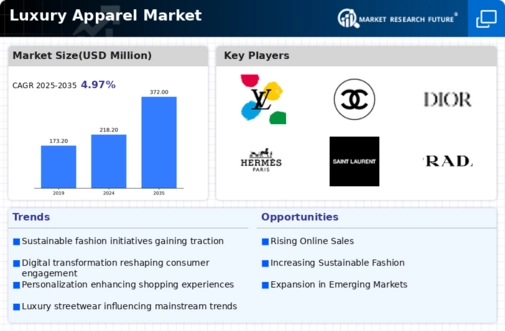
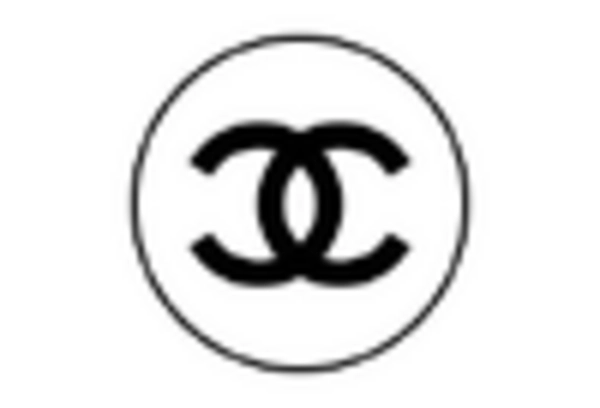
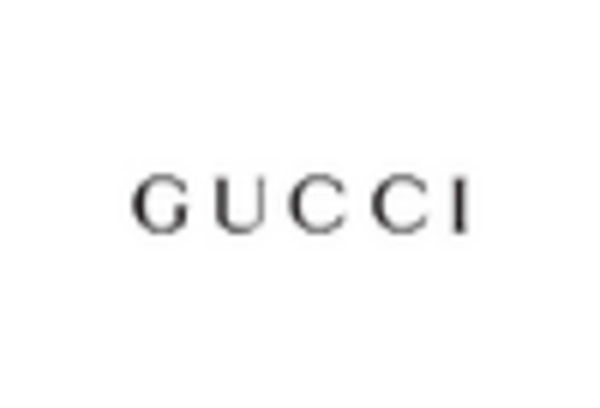
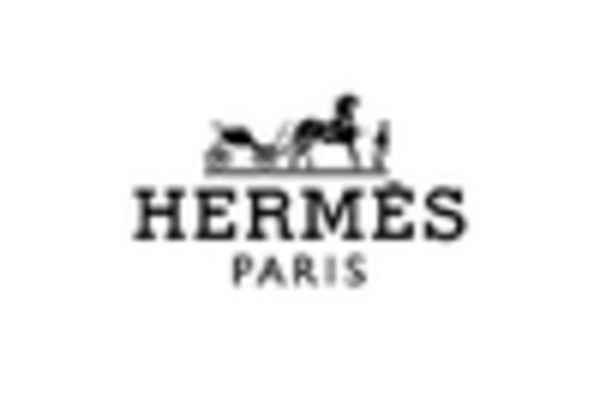
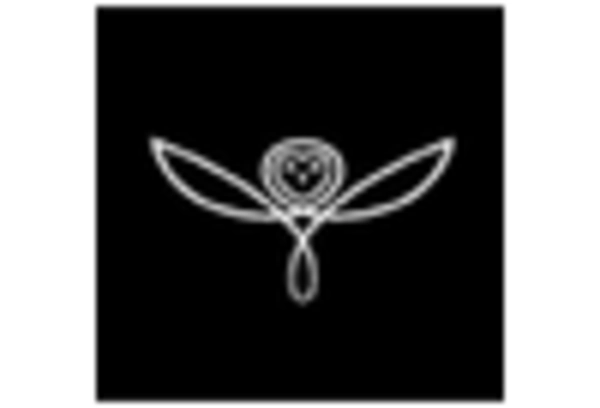
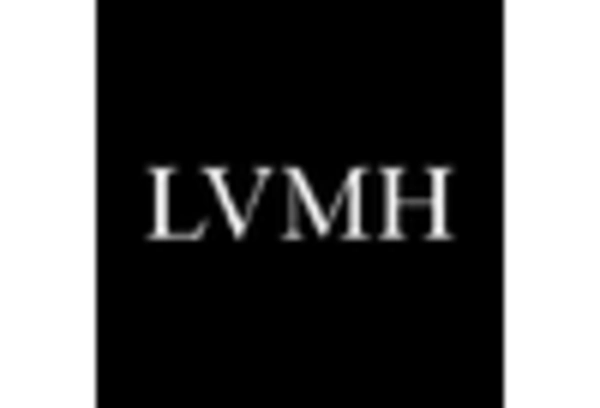
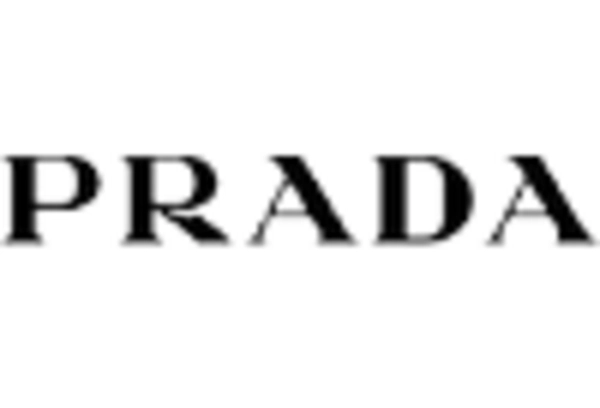









Leave a Comment